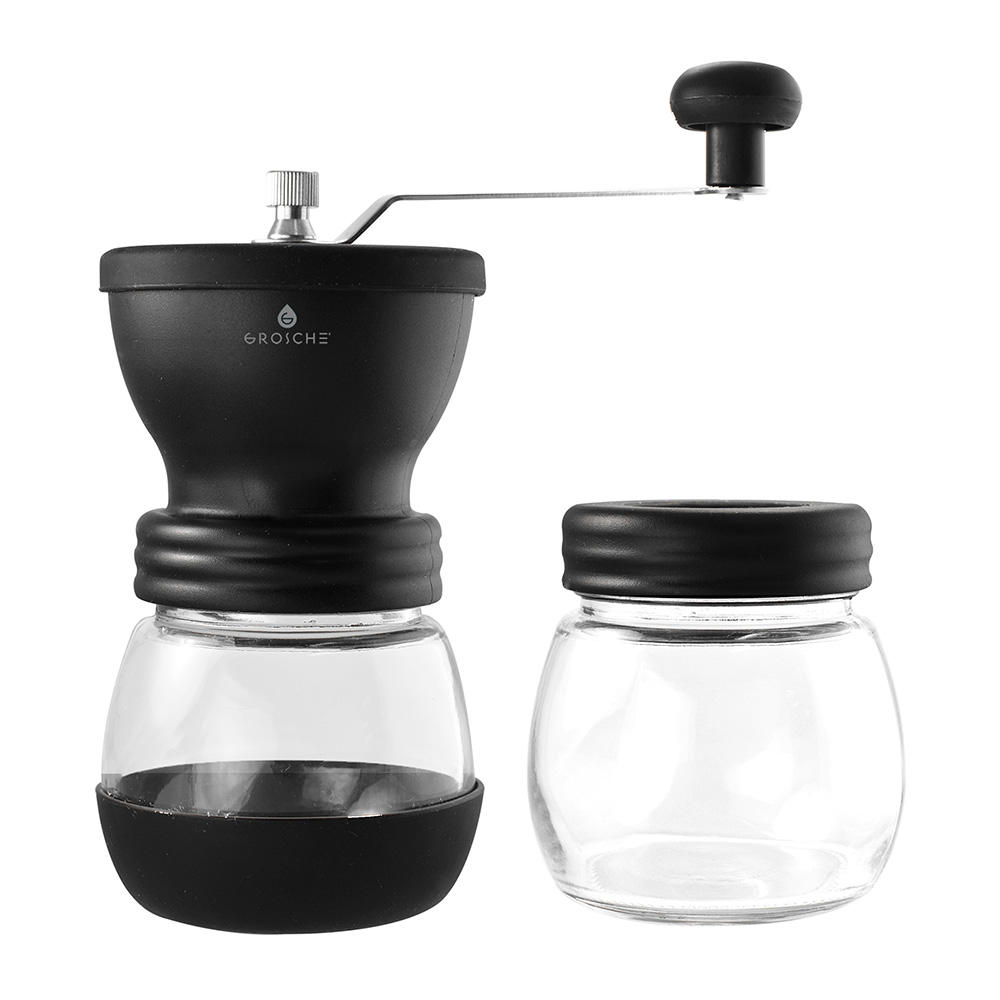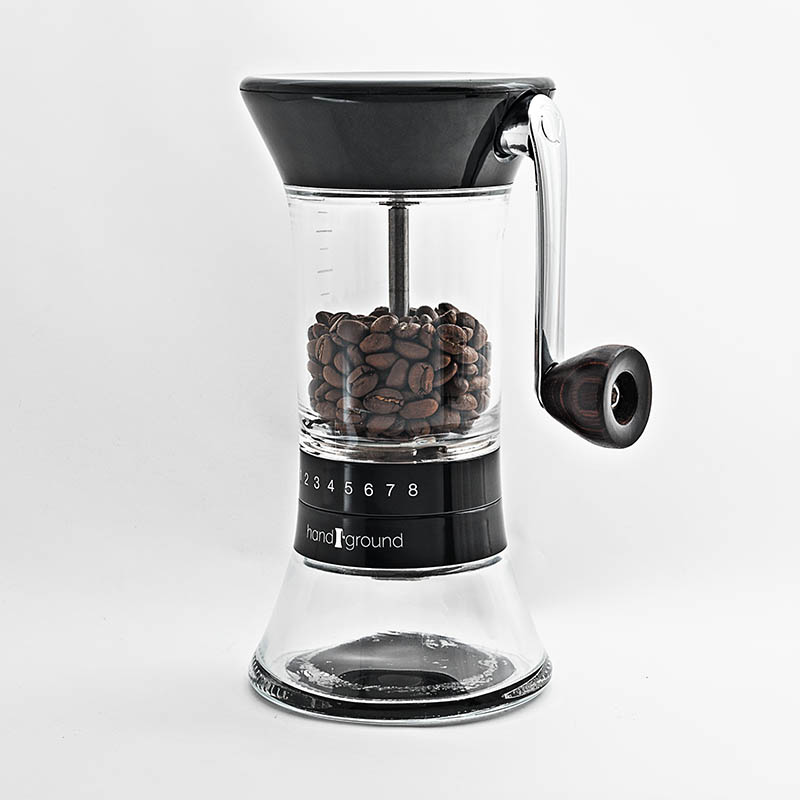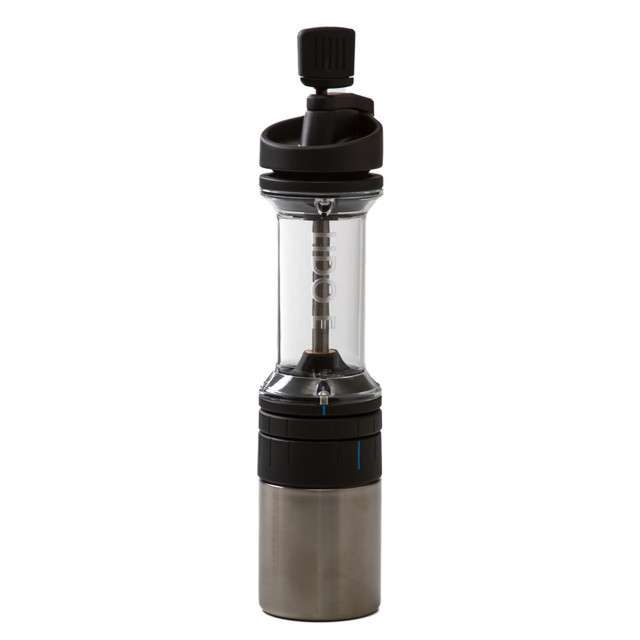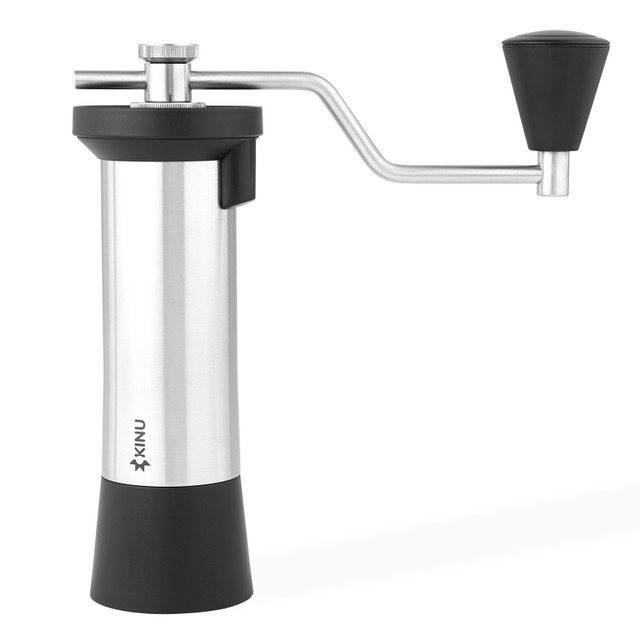When it comes to brewing the perfect cup of coffee, using freshly ground beans is essential. In fact, the flavor and aroma of the coffee are significantly influenced by the grind size and grind consistency. Therefore, a good coffee grinder is a worthwhile investment for any coffee enthusiast. However, with many options available on the market today, determining which coffee grinder to buy can be a daunting task. This buying guide will provide clarity and assist you in making an informed choice.
Types of Coffee Grinders
Understanding the different types of coffee grinders is crucial before making a purchase. Each type has its unique features, advantages, and disadvantages. By knowing the pros and cons of each type, you’ll be better equipped to choose a grinder that meets your needs.
Blade Grinders
Blade grinders are often the most affordable option. They use a spinning blade to chop the coffee beans into smaller pieces. While they are easy to use, the resulting grind can be inconsistent. This inconsistency can lead to over-extraction or under-extraction during brewing. Consequently, the flavor may be compromised. Blade grinders are compact and great for beginners. However, for coffee lovers seeking precise control, they may not suffice.
Moreover, blade grinders can create heat during the grinding process. This heat can affect the flavor profile of the coffee. Therefore, if you’re serious about your coffee experience, you might want to consider more reliable options. In addition, blade grinders can be difficult to clean thoroughly. A lack of proper cleaning can result in a buildup of old coffee grounds, which can negatively impact the flavor of new brews.
Burr Grinders
Burr grinders are considered the gold standard for grinding coffee beans. They come in two varieties: flat burr and conical burr. Regardless of the type, burr grinders provide more uniform grind sizes compared to blade grinders. This uniformity is crucial in achieving consistent extraction when brewing coffee. Consequently, burr grinders are favored by professional baristas and coffee aficionados alike.
Flat burr grinders have two parallel burrs that grind beans more quickly, but they may introduce heat. In contrast, conical burr grinders utilize a cone shape, which results in less heat generation. This heat is a benefit, as it preserves the flavor of the coffee. Moreover, burr grinders often offer multiple grind settings, allowing for greater versatility. Using a burr grinder can dramatically uplift your coffee-drinking experience, making it well worth the investment.
Manual vs. Electric Grinders
When choosing a coffee grinder, you must also consider whether you want a manual or electric grinder. Manual grinders require some physical effort, usually utilizing a hand crank. They are portable, making them ideal for travel. Additionally, manual grinders often provide a more tactile experience, allowing you to connect with the coffee-making process.
On the other hand, electric grinders offer speed and convenience. They can grind a larger quantity of beans in a shorter amount of time. If you’re often in a rush during busy mornings, an electric grinder may be your best bet. However, electric grinders can be larger, making them less portable than manual models. Thus, the choice between manual and electric comes down to personal preference and lifestyle needs.

Key Features to Consider
Once you determine the type of grinder that suits you best, it’s essential to look at various features. Specific features can significantly affect your grinding experience. You will want to consider grind settings, design, and ease of cleaning, among other factors.
Grind Settings
Different brewing methods require different grind sizes. Having a grinder with multiple grind settings is invaluable. A grinder with a wide range allows you to experiment with various methods. For instance, French press requires a coarser grind, while espresso demands a fine grind. Therefore, buying a grinder with numerous settings can enhance your versatility.
Some burr grinders offer micro-adjustments, enabling fine-tuning for consistent results. However, keep in mind that not all grinders are created equal. Certain budget models may lack the range needed for various methods. Therefore, read reviews and customer feedback to understand a grinder’s grind setting capabilities before making a purchase.
Design and Build Quality
The design and build quality of a coffee grinder can affect its longevity and functionality. High-quality materials will often withstand the test of time. Moreover, a solid build can minimize vibrations during grinding, resulting in a more consistent grind. A well-constructed grinder will also be less likely to overheat. Thus, you should consider investing in a grinder that combines aesthetics with functionality.
Additionally, some grinders have user-friendly designs, making them easier to operate. Features like a removable hopper for easy bean loading can make a significant difference. Others may have clear markings for grind settings, offering hassle-free adjustments. Spend some time reviewing different models to find one that balances quality and usability. Ultimately, a well-designed grinder can enhance both your experience and the quality of your coffee.
Ease of Cleaning
Another crucial factor is the ease of cleaning your coffee grinder. Coffee oils and fine particles can accumulate over time, affecting the flavor of your brews. Thus, you’ll want a grinder that is easy to clean and maintain.
Some models feature removable burrs for easy access and cleaning. Others come with brushes to help you reach those hard-to-clean areas. If a grinder is complicated to clean, you may find yourself neglecting maintenance. This negligence could ultimately detract from your coffee experience. Therefore, prioritize grinders that are designed for easy cleaning, ensuring flavorful brews for years to come.
Material and Build Quality
Grinder Material
The material of the grinder influences durability and performance. Most burr grinders use stainless steel or ceramic for the burrs. Stainless steel burrs are known for their durability. They can handle heavy use without dulling. On the other hand, ceramic burrs tend to stay sharper for longer. They also produce less heat, which preserves the coffee’s flavor.
Additionally, the housing material matters. Plastic grinders are often lighter and less expensive. However, metal or high-quality plastic tends to offer more stability. A sturdy construction reduces vibrations during grinding. Thus, investing in a well-made grinder can improve performance and longevity.
Build Quality and Design
The build quality of a grinder affects both aesthetics and functionality. Look for features like a non-slip base and easy-to-clean designs. Some grinders offer a transparent lid, allowing you to monitor the grind process. These features not only enhance usability but also make the grinder more visually appealing.
Moreover, consider the overall size. If you have limited counter space or storage, a compact design may be ideal. Alternatively, if you frequently entertain guests, a larger grinder may be beneficial. Assess your kitchen space and choose a grinder that fits seamlessly into your lifestyle.

Budget Considerations
Your budget will significantly influence your choice of coffee grinder. While it’s tempting to opt for the cheapest option, quality is essential for long-term satisfaction. Often, investing a little more can result in a much better product.
Entry-Level Grinders
If you are new to the coffee world, entry-level grinders may be suitable. These models often fall within a lower price range. However, they still provide decent performance and can help you jump start your coffee journey. Entry-level burr grinders might offer limited settings but would be a significant upgrade from blade grinders.
However, keep in mind that entry-level products may not last as long. If you find yourself getting more serious about coffee-making, consider saving up for a higher-end model. Investing in better quality can enhance your brewing experience considerably. Therefore, it’s essential to balance cost with quality as you shop.
High-End Grinders
If you have a larger budget, consider investing in a high-end coffee grinder. These grinders typically offer premium features, including advanced grind settings and superior build quality. Higher-priced models may also reduce the presence of static cling, minimizing mess during grinding.
Many high-end grinders are designed to cater to enthusiasts and professionals. Additionally, they can produce a consistent grind, elevating your coffee experience. While the initial investment may be substantial, the long-term benefits can justify the expense. Make sure to read expert reviews and customer ratings to find the best high-end model for your needs.
Brand Reputation and Reviews
Finally, always look into brand reputation and customer reviews before making a purchase. Certain brands have established themselves as reliable names in the coffee grinder market. Familiarizing yourself with these brands can save you time and frustration.
Researching Brands
Researching the history and reputation of a brand can offer insight into its reliability. Well-established brands often have robust customer service and warranty options. Additionally, they are likely to offer reliable repair services. Conversely, lesser-known brands may not provide the same level of support. Always check for warranty periods and customer service reputation as indicators of quality.
Reading Customer Reviews
Customer reviews can provide invaluable information about a grinder’s performance. Reading both positive and negative feedback can paint a clearer picture. Pay attention to common themes in reviews. Are users consistently complaining about a specific flaw? Conversely, are many praising a particular feature?
This information can guide your decision significantly. Websites and forums focused on coffee brewing often provide detailed comparisons. Utilizing these resources can enhance your knowledge. Overall, informed choices lead to better coffee experiences, so take the time to research before purchasing.

Conclusion
In summary, choosing the right coffee grinder involves understanding various factors. Knowing the different types of grinders, considering key features, and evaluating your budget are essential steps. Whether you opt for a blade grinder, burr grinder, manual, or electric model, each type has its own advantages.
Moreover, by carefully researching and asking the right questions, you can make a sound investment. Remember that a good coffee grinder can significantly affect your coffee experience. After all, grinding your beans fresh releases the best flavors and aromas.
Ultimately, take your time while making this decision. Read about brands, differences in features, and pricing to find the right product for your needs. In the end, a well-chosen coffee grinder can elevate your morning ritual, resulting in an exceptional cup of coffee that you truly enjoy.
